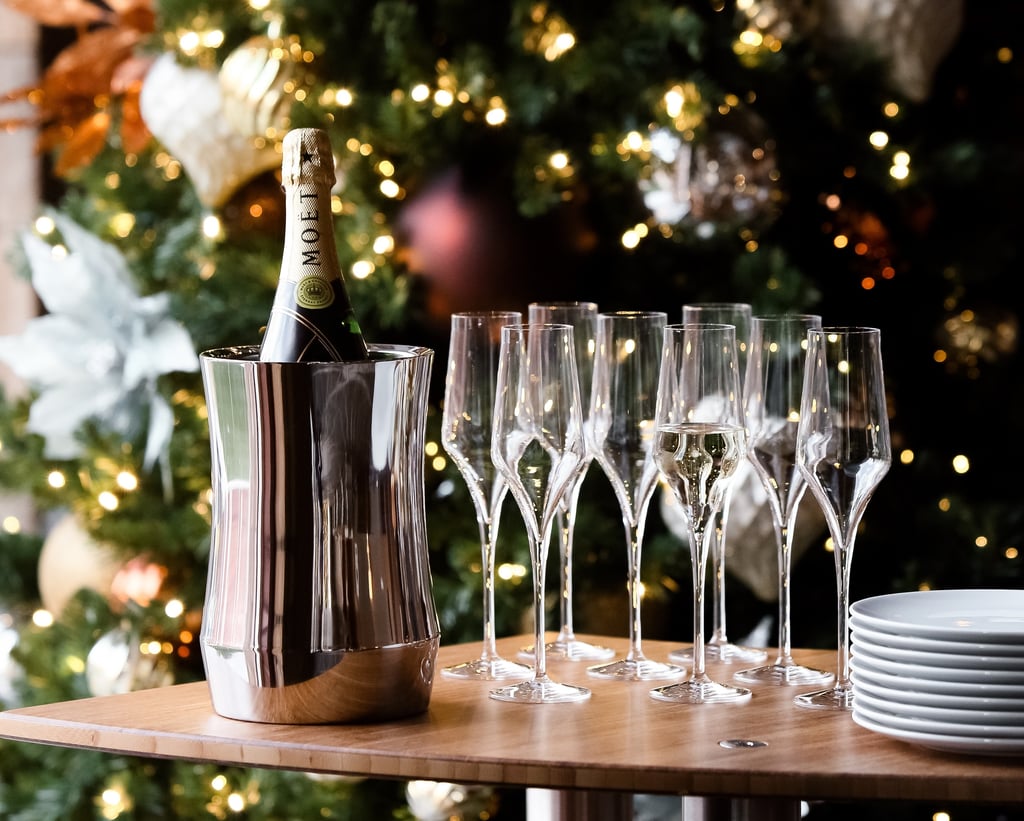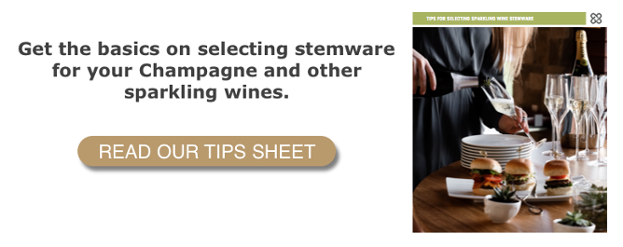
No wedding, anniversary, or New Year’s Eve party is complete without a glass of “bubbly.” Champagne is the ultimate celebration and luxury beverage. Regardless of what part of the globe you may reside in, Champagne is universal in its significance.
Champagne is a sparkling wine from the Champagne region of northern France. If the beverage is not from the region, it is simply called sparkling wine, although many producers incorrectly call their products “Champagne.” So the next time you participate in a champagne toast to the bride and groom, launch a new ship, or celebrate a championship in the locker room, ask yourself this:
Why is champagne the gold standard in celebrations? The answer lies in its history.
The History of Champagne
The Champagne tradition started way back in the 5th century. In northern France, the Romans planted vineyards, the first in the area. In 987, King Hugh Capet took that region’s wine and displayed it when visiting monarchs would arrive. The link between royalty and Champagne can be dated back centuries. All told, 37 kings of France were crowned in the grand cathedral of Reims, coincidentally, in the center of the French region known as Champagne.
The temperatures of the region affected normal fermentation of the wine. It would result in carbon dioxide forming in the bottles, which not only caused bubbles but in some cases, cause the bottles to explode. Bubbles were considered a result of poor winemaking and a major flaw to wine.
Dom Perignon, a monk at a Benedictine abbey and its cellar master, was tasked to eliminate that flaw. Perignon was able to discover a way to keep corks on the pressurized bottles and use only certain grapes that would result in more stable wine. His winemaking techniques would open the door for future Champagne producers.
Champagne’s popularity grew in both France and around Europe during the 1700’s and 1800’s. In 1815, Widow Cliquot was credited for her innovative methods of bottling and storing Champagne that would remove debris and cloudiness in the wine. Champagne houses would pop up all over the region during that time, and the once “flawed” wine would soon take Europe and the world by storm.
Seen as a luxury good, prices for the wine soared. Nearly 30 million bottles of Champagne were produced and shipped in 1900. During World Wars I and II, the Champagne region was a strategic area for both sides. This led to the destruction of many vineyards. However, it led to a system that legally defined “Champagne” based on its origin. Sparkling wines made outside the region are prohibited by law to be referred to as “Champagne” minus a few exceptions, including in the United States.
Flash forward to today. Champagne is the quintessential celebratory beverage, regardless of where you live. The tradition of Champagne is as delicious as the drink itself.
No matter what you're celebrating, toast with the best sparkling wine stemware.
The anatomy of stemware can bring out the full potential of your sparkling wine or Champagne. To learn more about selecting stemware for your next celebration, download the Tips for Selecting Sparkling Wine Stemware, and discover how every inch of the glass can maximize the potential of your wine.





